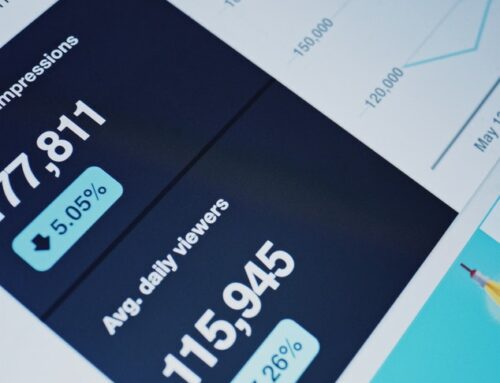Are you using content marketing? Experts would all agree that it is a must for almost every sort of business. After all, it supports your SEO goals, allows you to provide existing and potential clients with valuable information or entertainment, enables sharing of information to expand your audience, and much more.
However, without proper consumer insights, your content marketing may be ineffective and even a waste of time and resources. This year, why not take steps to anticipate what your specific audience is seeking from you and the content you offer?
Are You Content Marketing?
The Content Marketing Institute defines content marketing as “a strategic marketing approach focused on creating and distributing valuable, relevant, and consistent content to attract and retain a clearly defined audience — and, ultimately, to drive profitable customer action.” That says a great deal more than you might realize.
Note that the organization does not say that your content focuses on making a sale. Instead, they say that it uses a sort of trade of valuable or relevant information (whether in a text, video, podcast, image or any other sort of content) for the opportunity to eventually make an offer.
Knowing what and how to offer that content, though, is best determined through the use of “big data” and consumer insights. Forbes says that consumer insights must be developed only after you make a strong buyer persona. This will “aid in defining content that will be most useful and interesting for your audience and therefore more alluring.”
So, do you know how or what might make messages resonate with your target audience? Let’s find those 5 ways to use consumer insights to anticipate what your audience wants from your content.
Using Consumer Insights
The foundation of effective content marketing is often data. You need to develop a very clear buyer persona for each segment. In other words: who is buying whatever it is you offer and why would they buy? The more detail you itemize about them, the better the data you can uncover.
- What would your buyers, ideally, need from you? Focus in on what they authentically need, and then show how your product or service supplies that answer.
- Find out where they are the most online. Data can help you determine where your audience is “hanging out” online, but you want to back up the data by testing out these channels. For example, if data says your audience is on Facebook, find a way to follow them (and competitors), monitoring and keeping track of what they discuss, complain about, seem to like most, and so on.
- Use data to refine the message. Did the first two steps point you towards topics of interest, gaps in available information, or something else? This may be something your audience wants from your content. Take steps to make it a reality and offer it up freely.
- Harvest more via interaction. So, they like Instagram more than Facebook or Pinterest more than Twitter? Now is the time to get more information by making an irresistible offer that asks them to supply an “answer” you need. For example, you create a Pinterest contest asking them to share images of a “dream” XYZ (a product or service you intend to develop and offer). Use that information wisely and anticipate their interests.
- Use the analytics and even some AI. Did you know that AI is coming in handy where anticipating trends is concerned? Find out how you can use it to your advantage.
If you are eager to employ such methods but want a bit of help with it all, get in touch with Organically to partner with a team of experts.






 CERTIFIED EXPERT
CERTIFIED EXPERT